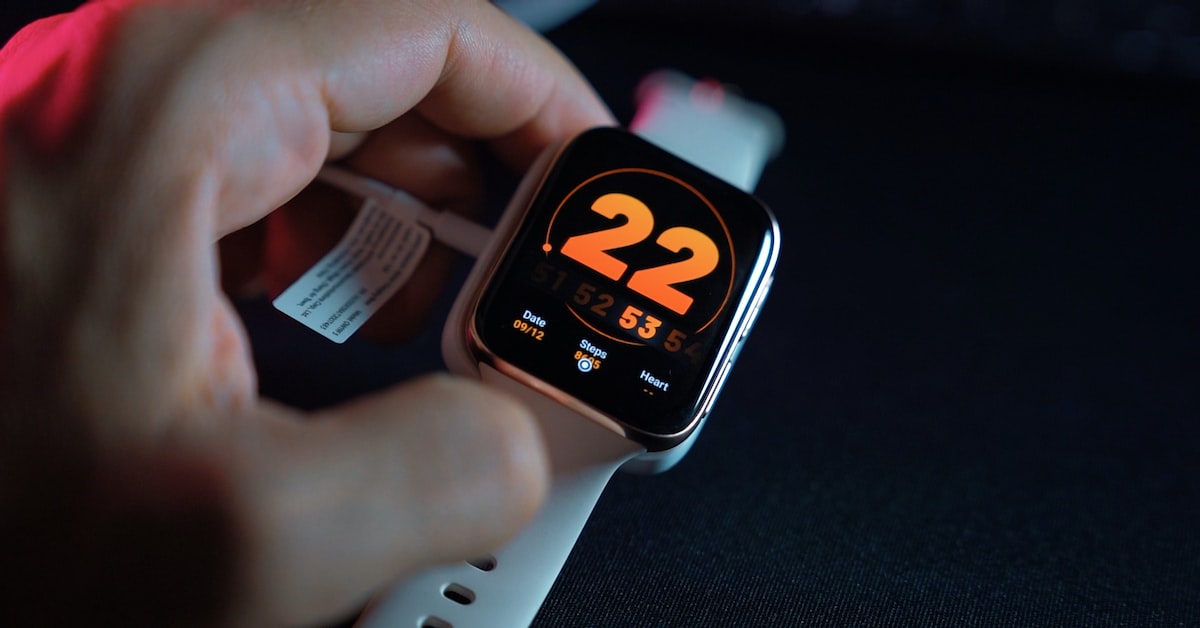The Evolution of Smartwatches: From Fitness Tracking to Health Monitoring
In recent years, smartwatches have become increasingly popular among consumers. These wearable devices have undergone significant advancements, transforming from simple fitness trackers to sophisticated health monitoring companions. The evolution of smartwatches has revolutionized the way we approach our well-being, offering a multitude of features that enable us to track and improve various aspects of our health. In this article, we will explore the remarkable journey of smartwatches, from their humble beginnings as fitness trackers to their current role as comprehensive health monitoring devices.
Table of Contents
- Introduction
- The Emergence of Fitness Tracking
- Expansion of Functionality: Beyond Fitness
- Heart Rate Monitoring: A Game-Changer
- Sleep Tracking for Optimal Rest
- Stress Management and Relaxation
- Blood Pressure Monitoring: A New Milestone
- ECG Monitoring: A Breakthrough in Cardiac Health
- Oxygen Saturation Tracking: A Holistic View of Health
- Women’s Health and Menstrual Tracking
- Advanced Activity and Sports Tracking
- Integration with Smart Assistants and IoT
- Customizable Watch Faces and Apps
- Battery Life and Power Optimization
- The Future of Smartwatches
1. Introduction
Smartwatches have come a long way since their inception. Initially designed as an extension of smartphones, these wrist-worn devices have rapidly evolved to offer a plethora of health and fitness features. Today, smartwatches have become an integral part of many people’s lives, serving as personal health assistants and wellness companions.
2. The Emergence of Fitness Tracking
The first significant breakthrough in smartwatch technology was the introduction of fitness tracking capabilities. These early smartwatches featured sensors that could monitor steps, distance, and calories burned. Fitness enthusiasts quickly embraced these devices, as they provided valuable insights into their physical activities and motivated them to lead more active lifestyles.
3. Expansion of Functionality: Beyond Fitness
As smartwatch technology progressed, manufacturers began incorporating additional functionalities beyond fitness tracking. The devices started offering features like notifications, weather updates, and music control, effectively becoming miniature smartphones on the wrist. This expansion of functionality increased the appeal of smartwatches to a broader audience.
4. Heart Rate Monitoring: A Game-Changer
One of the most significant advancements in smartwatch technology was the integration of heart rate monitoring capabilities. With optical sensors embedded on the underside of the device, smartwatches could now provide real-time heart rate data during various activities, allowing users to monitor their cardiovascular health and optimize their workouts.
5. Sleep Tracking for Optimal Rest
Recognizing the importance of sleep for overall well-being, smartwatches began incorporating sleep tracking features. By wearing the device overnight, users could gain insights into their sleep patterns, including the duration and quality of their rest. Armed with this knowledge, individuals could make informed decisions to improve their sleep hygiene and enhance their overall health.
6. Stress Management and Relaxation
To address the growing concern of stress and mental well-being, smartwatches started offering stress management and relaxation features. These devices employ sensors to measure physiological indicators like heart rate variability and provide guided breathing exercises, meditation prompts, and stress reduction techniques, empowering users to achieve greater balance and mindfulness in their lives.
7. Blood Pressure Monitoring: A New Milestone
Continuing its journey towards comprehensive health monitoring, smartwatches recently introduced blood pressure monitoring functionality. By leveraging advanced sensors and algorithms, these devices can estimate blood pressure levels, offering users a convenient and non-invasive method to keep track of this vital health parameter.
8. ECG Monitoring: A Breakthrough in Cardiac Health
Another groundbreaking addition to smartwatches is the capability to perform electrocardiogram (ECG) measurements. With built-in electrodes, these devices can detect irregular heart rhythms and provide users with insights into their cardiac health. ECG-enabled smartwatches have proven to be life-saving by alerting individuals to potential heart conditions that require medical attention.
9. Oxygen Saturation Tracking: A Holistic View of Health
With the onset of the COVID-19 pandemic, smartwatches have become even more crucial in monitoring overall health. Oxygen saturation tracking, also known as SpO2 monitoring, has become a standard feature in many smartwatches. This capability allows users to measure their blood oxygen levels, providing insights into respiratory health and potential complications.
10. Women’s Health and Menstrual Tracking
Smartwatches have also embraced the unique health needs of women by introducing features specifically tailored to menstrual tracking and reproductive health. These devices allow users to log menstrual cycles, predict fertility windows, and receive personalized health insights related to their reproductive well-being, empowering women to take control of their health and family planning.
11. Advanced Activity and Sports Tracking
Sports enthusiasts and athletes benefit greatly from the advanced activity and sports tracking capabilities offered by smartwatches. These devices can accurately monitor various activities like running, swimming, cycling, and even niche sports. Users can receive detailed metrics, training suggestions, and performance analysis to enhance their athletic performance and reach their fitness goals.
12. Integration with Smart Assistants and IoT
Smartwatches have seamlessly integrated with smart assistants like Apple’s Siri, Google Assistant, and Amazon’s Alexa. This integration allows users to control their connected smart devices, such as lights, thermostats, and music systems, directly from their wrist. With voice commands and intuitive interfaces, smartwatches have become central hubs for managing smart homes and IoT ecosystems.
13. Customizable Watch Faces and Apps
Personalization is key in the world of smartwatches. Users can customize their watch faces to display relevant information, such as weather updates, step counts, or upcoming calendar events. Furthermore, a vast array of apps is available for smartwatches, offering functionalities ranging from productivity tools to entertainment and beyond, ensuring that each user’s smartwatch experience is tailored to their needs and preferences.
14. Battery Life and Power Optimization
Smartwatch manufacturers have made substantial strides in improving battery life and optimizing power consumption. Newer models feature more efficient processors, low-power displays, and advanced battery management techniques. As a result, users can enjoy extended usage time without frequent recharging, enhancing the overall usability and convenience of these devices.
15. The Future of Smartwatches
The future of smartwatches looks incredibly promising. As technology continues to advance, we can expect further innovations in health monitoring, including the integration of new sensors, enhanced accuracy, and predictive capabilities. Moreover, smartwatches will likely play a significant role in the ongoing digital health revolution, with increased emphasis on data analysis, disease prevention, and personalized healthcare.
Conclusion
The evolution of smartwatches from basic fitness trackers to comprehensive health monitoring devices has revolutionized the way we manage our well-being. These wearable companions provide valuable insights into various health parameters, empowering users to take proactive steps towards a healthier lifestyle. With constant advancements in technology, smartwatches will undoubtedly continue to reshape the future of healthcare, keeping us connected, informed, and in control of our health.



